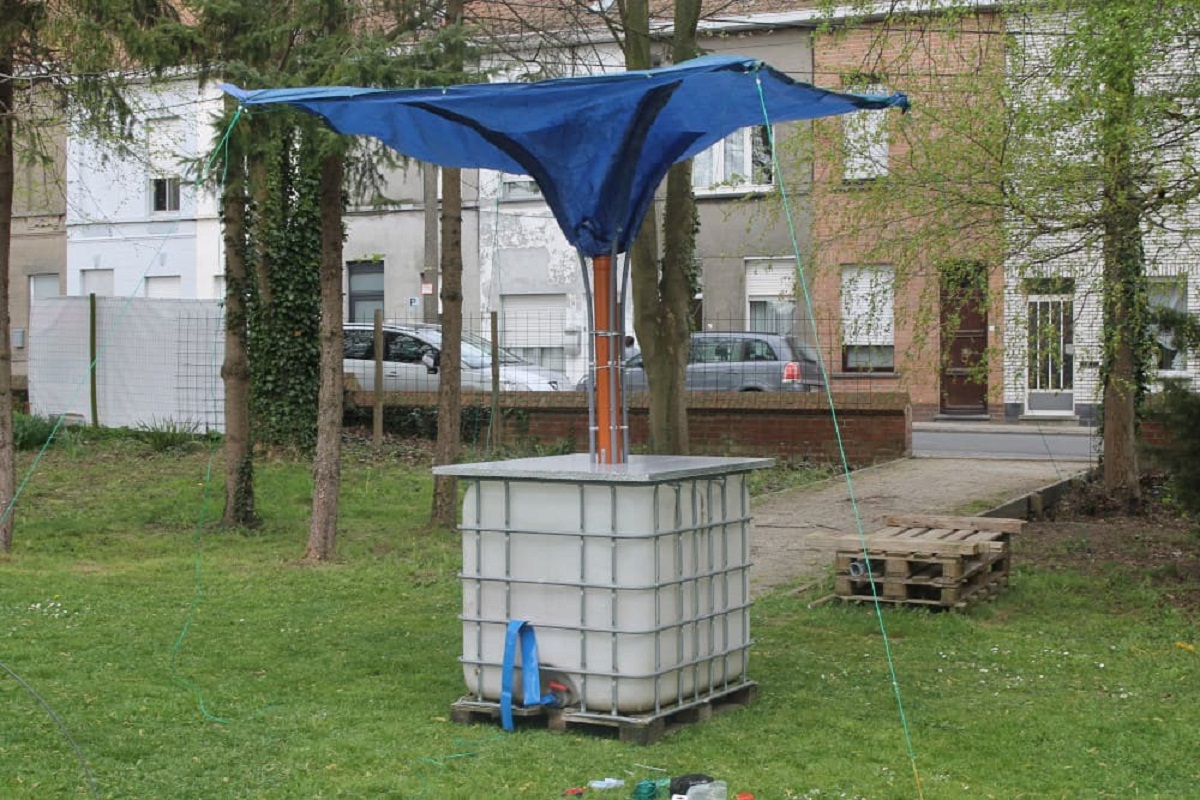

Articles
How To Collect Rain Water Without Gutters
Modified: December 7, 2023
Learn how to collect rainwater without gutters with our informative articles. Discover the best techniques and methods for harnessing the natural resource.
(Many of the links in this article redirect to a specific reviewed product. Your purchase of these products through affiliate links helps to generate commission for Storables.com, at no extra cost. Learn more)
Introduction
Collecting rainwater is a sustainable and environmentally friendly practice that allows you to make the most of nature’s gift. While traditional methods often involve the use of gutters to channel rainwater into a storage system, there are alternative ways to collect rainwater without gutters. This article will guide you through the process of setting up a rainwater collection system without gutters, allowing you to harness the power of rain for various purposes.
By collecting rainwater, you can reduce your reliance on municipal water supplies, save money on water bills, and promote water conservation. Additionally, using rainwater in your garden can lead to healthier plants, as it is free from chlorine and other chemicals typically found in tap water. Rainwater can also be used for other non-potable purposes such as cleaning, irrigation, and even for recharging natural water bodies.
In this article, we will explore the benefits of collecting rainwater without gutters, the materials and tools you will need, how to find the right collection area, preparing the collection system, installing a diverter, setting up rainwater storage containers, and the necessary maintenance and care required. Let’s get started on our journey to collect rainwater without gutters!
Key Takeaways:
- Embrace sustainability and cost savings by collecting rainwater without gutters. Enjoy chemical-free water for gardening, reduced flooding, and enhanced plant growth while minimizing your environmental impact.
- With proper setup and maintenance, collected rainwater can be used for various purposes, from watering plants to flushing toilets. Embrace water conservation and enjoy the benefits of a sustainable water source.
Read more: How To Handle Rain Runoff Without Gutters
Benefits of Collecting Rainwater without Gutters
Collecting rainwater without gutters offers several advantages over traditional methods. Here are some key benefits:
- Sustainability: By collecting rainwater without gutters, you are harnessing a natural resource and reducing your reliance on municipal water supplies. This promotes sustainability and helps to conserve water.
- Cost Savings: Utilizing rainwater can significantly lower your water bills, as you will be using free water for various purposes. This is especially beneficial in areas where water is expensive or scarce.
- Chemical-Free Water: Rainwater is free from the chemicals typically found in tap water, such as chlorine. This makes it ideal for watering plants and gardens, as it promotes healthier growth and reduces the risk of chemical exposure.
- Reduced Flooding: By collecting rainwater without gutters, you can prevent excess water from pooling near your home’s foundation. This helps to reduce the risk of flooding and water damage.
- Environmentally Friendly: Collecting rainwater without gutters minimizes the need for energy-consuming systems, such as electric pumps or gutter installations. This reduces your carbon footprint and contributes to a more sustainable environment.
- Water Conservation: Using rainwater for non-potable purposes, such as gardening or cleaning, helps to conserve precious freshwater resources. This is particularly important in drought-prone regions or areas with limited access to water sources.
- Enhanced Plant Growth: Rainwater contains natural nutrients that can benefit your plants. Using rainwater for watering can promote lush, healthy growth and improve the overall vitality of your garden or landscape.
With these benefits in mind, collecting rainwater without gutters can be an excellent choice for homeowners looking to be more sustainable, save money, and promote water conservation.
Materials and Tools Needed
Collecting rainwater without using gutters requires a few essential materials and tools. Here is a list of what you will need:
- Rainwater Collection Container: You will need a suitable container to collect and store the rainwater. This can be a rain barrel, a large plastic tank, or even repurposed containers like food-grade barrels or trash bins.
- Downspout Diverter: A downspout diverter is a device that redirects the flow of rainwater from your roof to the collection container. It ensures that only clean rainwater enters the container, while filtering out leaves, debris, and pollutants.
- Filter System: Depending on the quality of rainwater in your area, you may need a filter system to remove any remaining impurities before using the collected water.
- Overflow Outlet: It is important to have an overflow outlet to handle excess rainwater when the collection container reaches its maximum capacity. This prevents overflow and potential water damage.
- Sealant or Silicone Caulk: To ensure a watertight connection, you may need sealant or silicone caulk to seal any gaps or joints in the collection system.
- Hand Tools: Basic hand tools such as a drill, screwdriver, wrench, and pliers will be necessary for installing the diverter, connecting the collection container, and making adjustments as needed.
- Rainwater Distribution System (optional): If you plan to use the collected rainwater for irrigation purposes, you may need additional materials like hoses, drip irrigation systems, or sprinklers to distribute the water efficiently.
- Safety Equipment: It is important to prioritize safety during installation. Wear gloves, safety goggles, and any other protective gear necessary for handling tools and materials.
Ensure that you have all these materials and tools ready before starting the installation process. It’s always a good idea to gather everything in one place for easy access during the project.
Now that you have the necessary materials and tools, let’s move on to the next step: finding the right collection area for your rainwater collection system without gutters.
Finding the Right Collection Area
Choosing the right collection area is crucial for an effective rainwater collection system without gutters. Here are some factors to consider when finding the ideal location:
- Roofing Material: Different roofing materials have varying levels of compatibility with rainwater collection. Avoid collecting rainwater from roofs with hazardous materials, such as asbestos or lead-based paint.
- Surface Area: Determine the surface area of your roof that will contribute to rainwater runoff. The larger the surface area, the more rainwater you can potentially collect.
- Accessibility: Make sure the collection area is easily accessible for installation, maintenance, and cleaning. It should be within reach of your downspout diverter and collection container.
- Natural Slope: Ideally, the collection area should be on a slope to allow water to flow naturally towards the collection container. This ensures efficient drainage and prevents water from stagnating on your roof.
- Avoid Shaded Areas: Choose a collection area that receives ample sunlight. Shaded areas can lead to slower evaporation rates and increased chances of algae or bacterial growth in the collected rainwater.
- Debris-Free Zone: Select a location that is relatively free from obstructions like overhanging trees or buildings that can deposit leaves, twigs, or other debris onto the roof. This will help minimize potential clogging in your rainwater collection system.
- Legal Considerations: Check local regulations and building codes regarding the collection of rainwater. Some areas may have restrictions or guidelines that dictate the setup and usage of rainwater collection systems.
Take these factors into account when assessing the various areas of your property. Once you have identified the most suitable collection area, you can proceed with preparing the collection system.
Next, we will cover the steps for preparing the collection system without gutters, ensuring a seamless integration with your chosen collection area.
Preparing the Collection System
Before installing the rainwater collection system without gutters, it is important to properly prepare the area and ensure all necessary components are in place. Here are the steps involved in preparing the collection system:
- Clean the Roof: Start by thoroughly cleaning the roof surface to remove any debris, leaves, or twigs that may have accumulated. This will help prevent clogging and ensure the quality of the collected rainwater.
- Install the Downspout Diverter: Position the downspout diverter at the desired location on the roof. Ensure that it is securely attached and properly aligned with the collection container. The diverter should have a downward slope to encourage water flow.
- Connect the Collection Container: Place the collection container directly beneath the downspout diverter. Use appropriate fittings and connectors to create a watertight seal between the diverter and container.
- Set up the Overflow Outlet: Install an overflow outlet in the collection container to prevent overflow during heavy rainfall. This can be done by drilling a hole near the top of the container and attaching a hose or pipe to redirect excess water away from the foundation.
- Ensure Proper Drainage: Verify that the collection container is positioned on stable ground and that there is adequate drainage in case of overflow. It’s important to prevent water from pooling around the container or seeping into the foundation.
- Seal Any Gaps: Inspect the connections in the collection system and seal any gaps or joints using a suitable sealant or silicone caulk. This helps to maintain a watertight system and prevent leaks.
- Check for Proper Slope: Ensure that the collection container is on a slight slope to encourage water flow towards the downspout diverter. This will optimize the efficiency of the collection system and prevent water from stagnating in the container.
- Test the System: Before relying on the collection system, test it by pouring a small amount of water onto the roof and observing its flow through the downspout diverter and into the collection container. Make any necessary adjustments to ensure proper functioning.
Once you have completed these steps, your rainwater collection system without gutters is ready for use. In the next section, we will cover the installation of a diverter, which plays a crucial role in directing rainwater into the collection container while filtering out debris and pollutants.
Consider installing a rain barrel at the base of your downspouts to collect rainwater. This can be used for watering plants and reducing runoff.
Read more: How To Collect Water From Gutters
Installing a Diverter
A diverter is a key component of a rainwater collection system without gutters, as it redirects the flow of rainwater from your roof to the collection container while filtering out debris. Here is a step-by-step guide on how to install a diverter:
- Select the Right Diverter: Choose a diverter that is compatible with your downspout size and the type of collection container you are using. There are various types available, including simple tube diverters or more advanced filter-based systems.
- Position the Diverter: Locate the ideal spot on your downspout to install the diverter. It should be within reach of the collection container and at a suitable height for ease of access.
- Mark the Cutlines: Measure and mark the cutlines on the downspout where the diverter will be installed. Follow the manufacturer’s instructions for guidance on where to make the cuts.
- Cut the Downspout: Use a hacksaw or pipe cutter to carefully cut the downspout along the marked cutlines. Ensure a clean and straight cut for proper installation of the diverter.
- Attach the Diverter: Install the diverter onto the cut section of the downspout. Follow the manufacturer’s instructions for securing the diverter in place. This may involve tightening screws, using clamps, or other attachment methods.
- Position the Diverter Outlet: Direct the outlet of the diverter towards the collection container. Ensure that it is aligned properly to allow water to flow directly into the container.
- Test the Diverter: Pour water onto the roof or use a hose to simulate rainfall and check if the water is being diverted successfully into the collection container. Adjust the position or alignment of the diverter if needed.
- Secure and Seal: Once the diverter is properly positioned and tested, secure any fasteners or clamps to ensure it remains in place. Seal any gaps or joints with a suitable sealant or silicone caulk to prevent leaks.
Installing a diverter is a critical step in the setup of a rainwater collection system without gutters. It ensures that only clean rainwater enters the collection container while filtering out leaves, debris, and other pollutants from your roof.
With the diverter in place, you are now ready to move on to the next step: setting up rainwater storage containers. This will allow you to efficiently collect and store rainwater for use whenever needed.
Setting Up Rainwater Storage Containers
Once you have installed the diverter and ensured that rainwater flows into the collection container, it’s time to focus on setting up the storage containers. Properly storing the collected rainwater is crucial for its long-term usability. Follow these steps to set up rainwater storage containers:
- Select the Right Containers: Choose containers that are suitable for rainwater storage. Rain barrels, large plastic tanks, or repurposed food-grade barrels can work well. Ensure that the containers are clean, sturdy, and have secure lids or covers.
- Position the Containers: Find an appropriate location for the rainwater storage containers. Ideally, they should be placed on a stable, level surface, such as a concrete pad or a sturdy wooden platform. Ensure the containers are easily accessible for maintenance and use.
- Connect the Containers: If you plan to use multiple containers, connect them in a way that allows for efficient collection and distribution of rainwater. This can be achieved by using appropriate fittings, hoses, or PVC pipes.
- Elevate the Containers: If possible, elevate the containers off the ground to enable gravity-fed distribution of rainwater. This can be done by placing the containers on stands or using a raised platform.
- Add a First Flush Diverter (optional): Consider installing a first flush diverter to remove the initial runoff from the roof, which often contains the most debris and pollutants. This helps to maintain the quality of the collected rainwater.
- Secure the Lids and Covers: Ensure that the lids or covers of the rainwater storage containers are securely in place to prevent contamination and to keep out insects, animals, or debris.
- Label and Mark the Containers: Clearly label the rainwater storage containers to identify their purpose and contents. This will help you keep track of the water levels and easily distinguish between stored rainwater and other water sources.
- Consider Overflow Systems: Determine how to handle excess rainwater when the containers reach their maximum capacity. This can involve installing additional overflow outlets or connecting an overflow hose to redirect water away from the containers and into a designated drain or garden area.
Properly setting up rainwater storage containers ensures that the collected rainwater is stored efficiently, ready for use in your garden, for cleaning, or any other non-potable purposes. Regularly monitor the water levels in the containers and take necessary precautions to maintain the quality of the stored rainwater.
With the rainwater storage containers in place, let’s move on to the next section where we will discuss the necessary maintenance and care required to keep your rainwater collection system functioning optimally.
Maintenance and Care
Proper maintenance and care are essential for ensuring the longevity and effectiveness of your rainwater collection system without gutters. Follow these guidelines to keep your system running smoothly:
- Regular Inspections: Conduct regular inspections of the entire system, including the collection area, diverter, storage containers, and overflow outlets. Look for signs of damage, leaks, or clogs. Clear any debris from the collection area and remove any obstructions that may hinder water flow.
- Clean the Filters and Screens: If your rainwater collection system includes filters or screens, clean them periodically to prevent clogging and ensure the quality of the collected water. Remove any debris or sediments that may have accumulated to maintain proper filtration.
- Check for Mosquito Breeding: To prevent mosquito breeding, ensure that all openings, such as the overflow outlet and lid(s) of the storage containers, are secure and properly sealed. This will prevent mosquitoes from accessing the collected rainwater.
- Monitor Water Levels: Regularly check the water levels in the storage containers to ensure they are not overflowing or running too low. Adjust your usage accordingly and consider installing a water level indicator to easily keep track of the amount of stored rainwater.
- Perform Seasonal Maintenance: Take seasonal factors into account when maintaining your rainwater collection system. In the fall, remove leaves and debris that may accumulate on the roof and in the collection area. In the winter, make sure that the system is protected from freezing temperatures to prevent damage.
- Address Issues Promptly: If you notice any leaks, damage, or malfunctioning components in your rainwater collection system, address them promptly. Delayed repairs can result in further damage or inefficiency of the system.
- Practice Water Conservation: Use the collected rainwater wisely and practice water conservation. Avoid unnecessary wastage and prioritize using rainwater for non-potable purposes, such as gardening or cleaning, to maximize its benefits.
- Stay Informed: Keep up-to-date with local regulations and guidelines related to rainwater collection. Stay informed about any changes or restrictions that may affect the setup or usage of your system.
Maintaining and caring for your rainwater collection system ensures its efficiency and longevity. By implementing these maintenance practices, you can enjoy the benefits of a sustainable water source while minimizing any issues or complications that may arise.
Now that you’ve learned how to properly maintain your system, let’s move on to the final section – using the collected rainwater in various applications.
Using the Collected Rainwater
Once you have successfully collected and stored rainwater, it’s time to put it to good use! Here are some ways you can utilize the collected rainwater:
- Watering Plants and Gardens: One of the most common uses for collected rainwater is watering plants and gardens. Rainwater is free of chemicals and minerals found in tap water, making it ideal for promoting healthy plant growth and reducing water costs.
- Cleaning Outdoor Spaces: Use rainwater for cleaning outdoor spaces like patios, decks, and sidewalks. Rainwater is gentle on surfaces and does not leave behind residues or streaks that can occur with tap water usage.
- Washing Vehicles: Wash your car, bike, or other vehicles using rainwater. It is an environmentally friendly choice that can save you money on water bills and prevent chemical-laden runoff from entering storm drains.
- Flushing Toilets: Consider connecting rainwater storage containers to your toilet’s flushing system. This can reduce the amount of freshwater used for toilet flushing, resulting in significant water savings over time.
- Doing Laundry: Utilize the collected rainwater for laundry purposes. It can be used for washing clothes, reducing the dependency on municipal water sources and potentially lowering your energy consumption.
- Irrigation for Landscaping: If you have a larger landscape or garden, set up a drip irrigation system using rainwater. This ensures efficient and targeted watering, reducing water wastage and promoting optimal plant health.
- Refilling Fish Ponds or Water Features: For those with fish ponds or decorative water features, rainwater can be used to replenish water levels. The chemical-free nature of rainwater benefits aquatic life and maintains the balance of the ecosystem.
- Supplementing Household Water Needs: In areas with limited water access, harvested rainwater can be used to supplement household water needs for tasks like handwashing, dishwashing, or other non-potable water requirements.
Remember to use the collected rainwater responsibly and prioritize water conservation. Regularly monitor the water levels in the storage containers to ensure a sufficient supply. Additionally, be conscious of local regulations and guidelines regarding the use of rainwater.
By utilizing the collected rainwater in these various applications, you can promote sustainability, reduce water bills, and contribute to the conservation of this valuable natural resource.
Congratulations on setting up your rainwater collection system and exploring the benefits of using rainwater without gutters. Enjoy the rewards of your efforts as you embrace a more sustainable and environmentally friendly approach to water usage.
Frequently Asked Questions about How To Collect Rain Water Without Gutters
Was this page helpful?
At Storables.com, we guarantee accurate and reliable information. Our content, validated by Expert Board Contributors, is crafted following stringent Editorial Policies. We're committed to providing you with well-researched, expert-backed insights for all your informational needs.
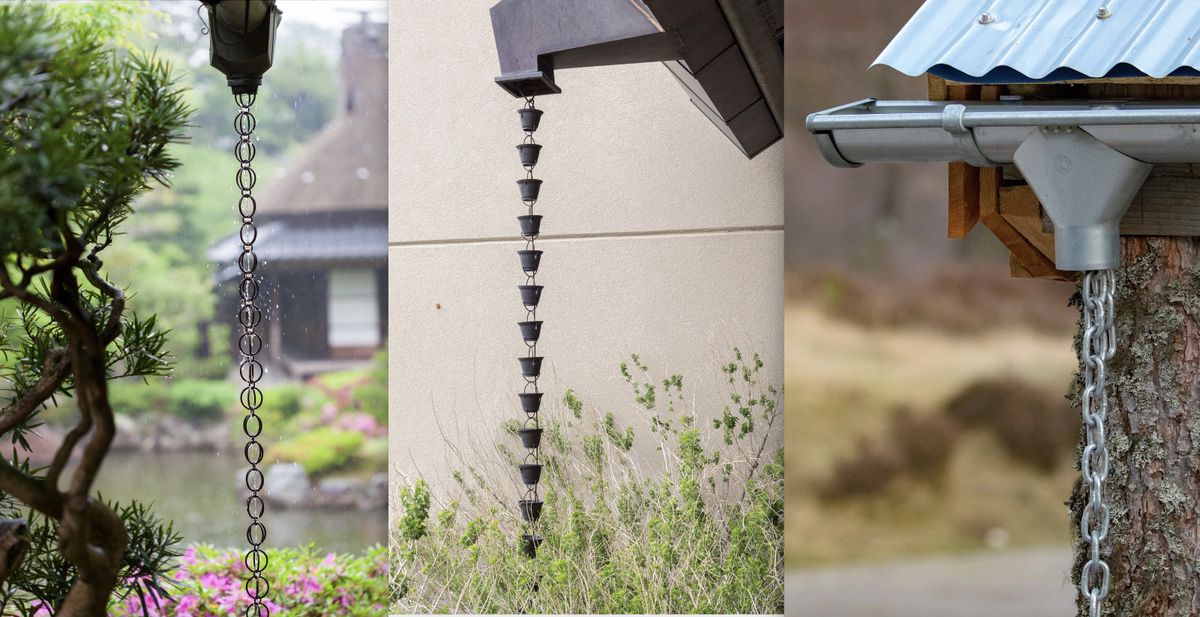
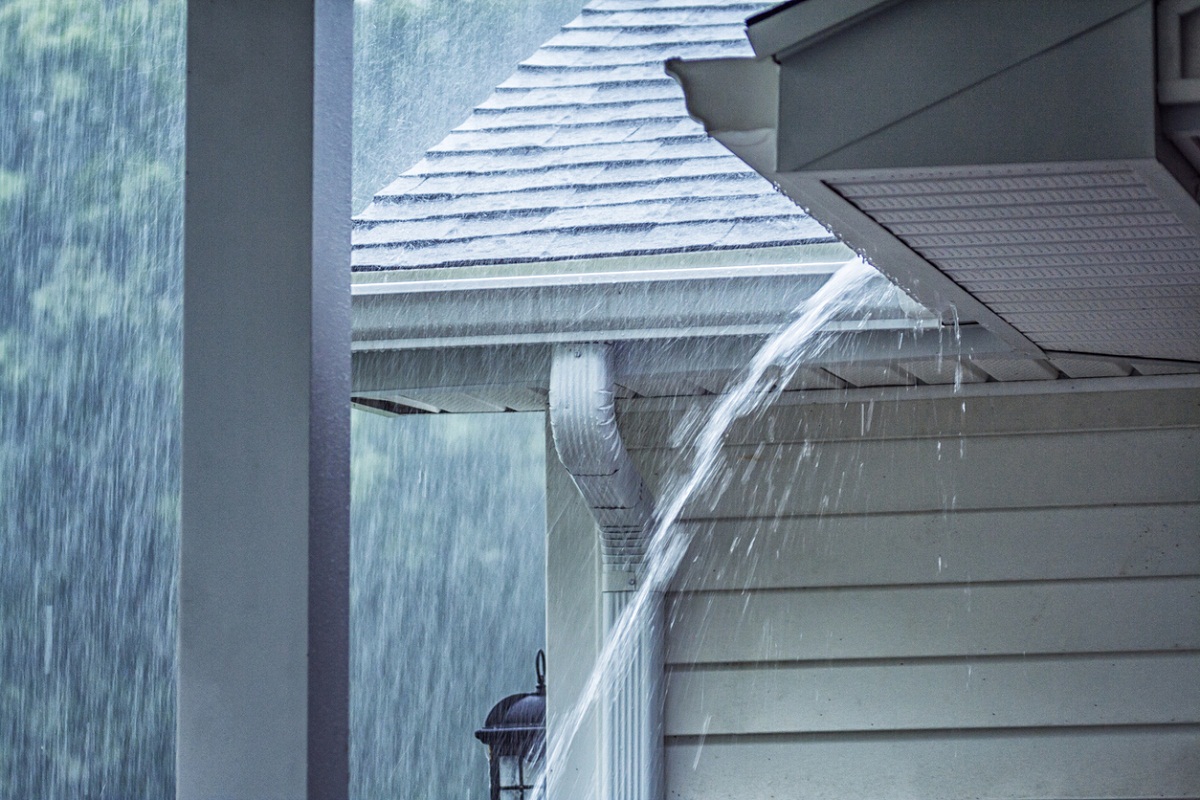

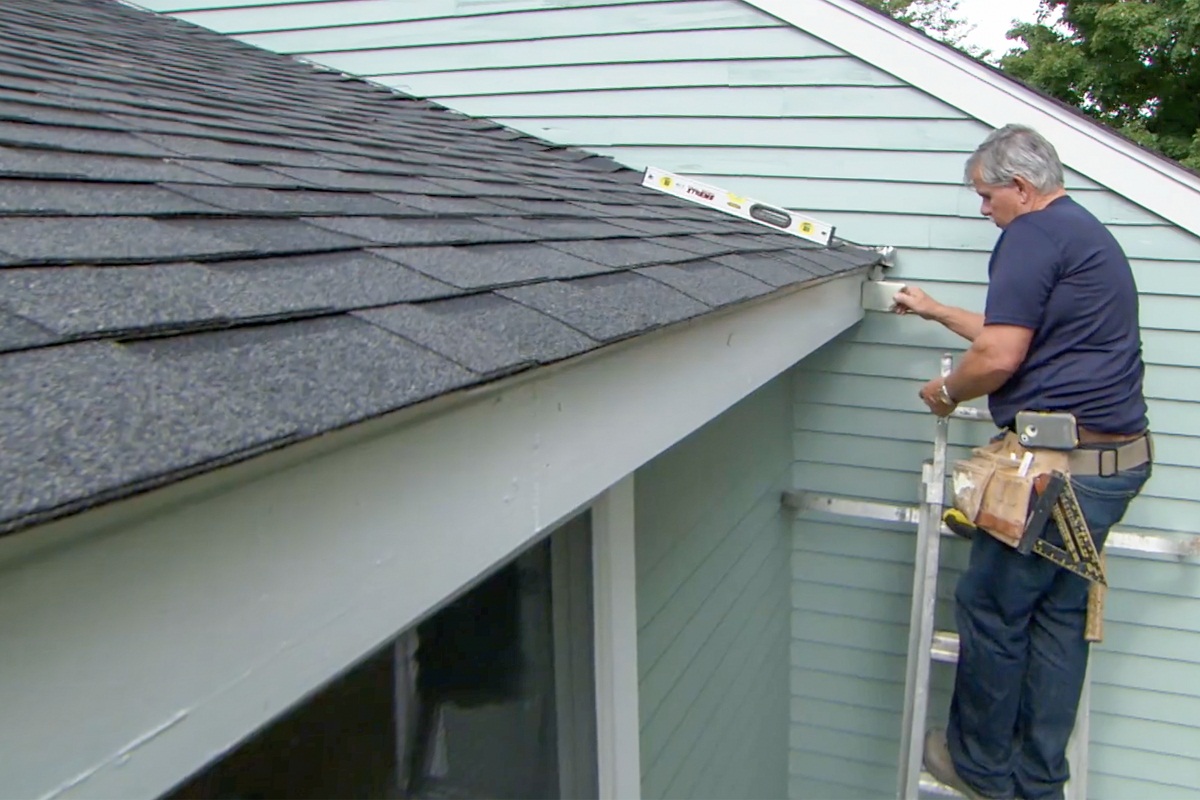
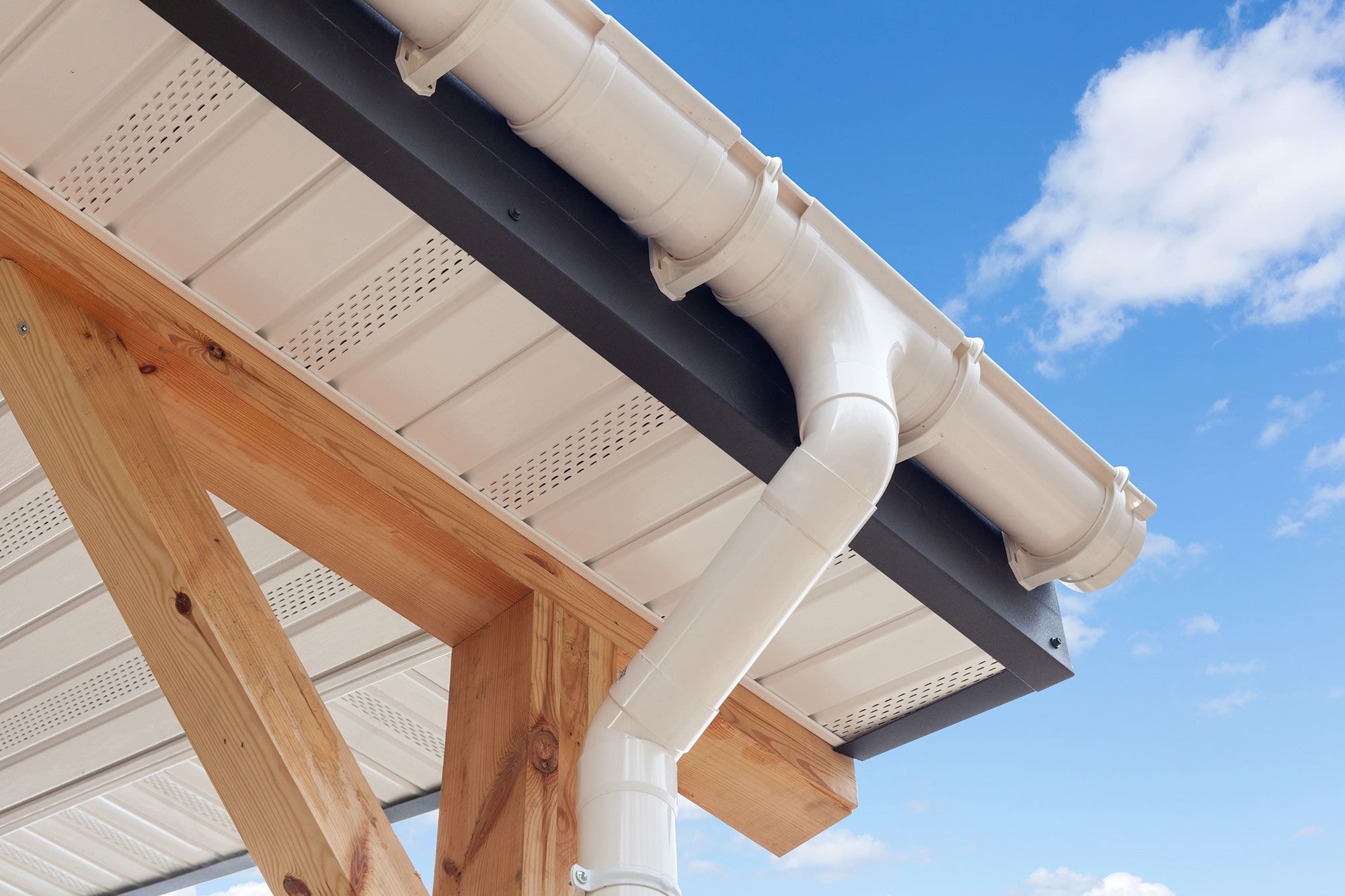
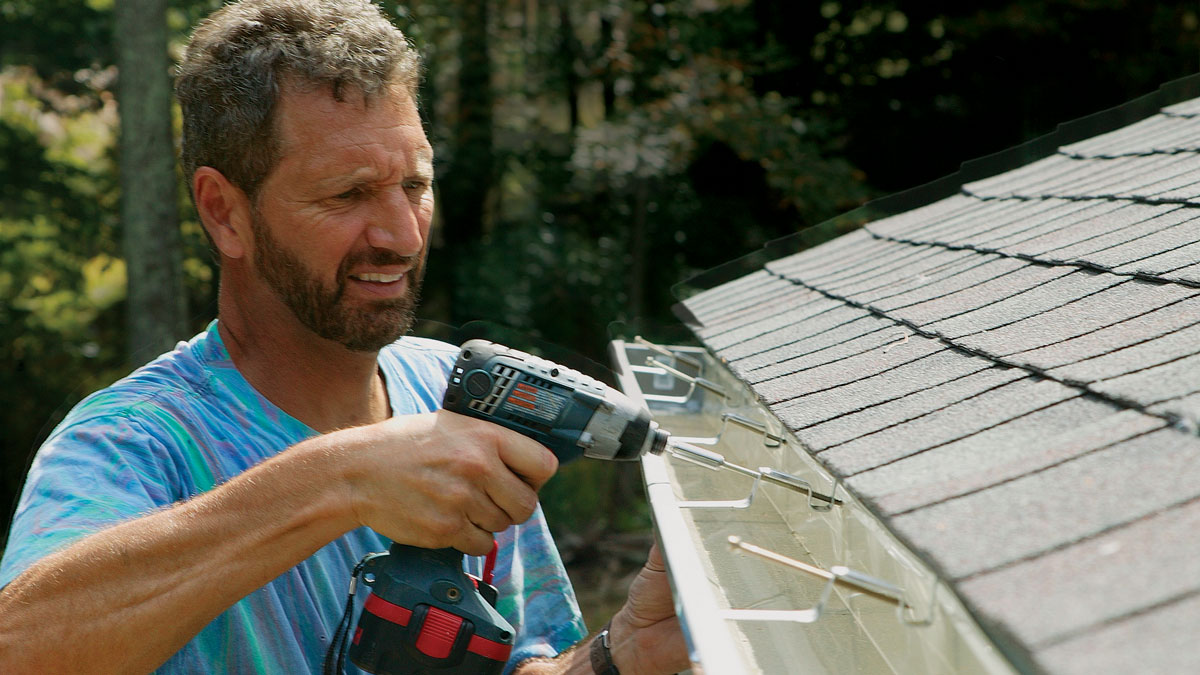
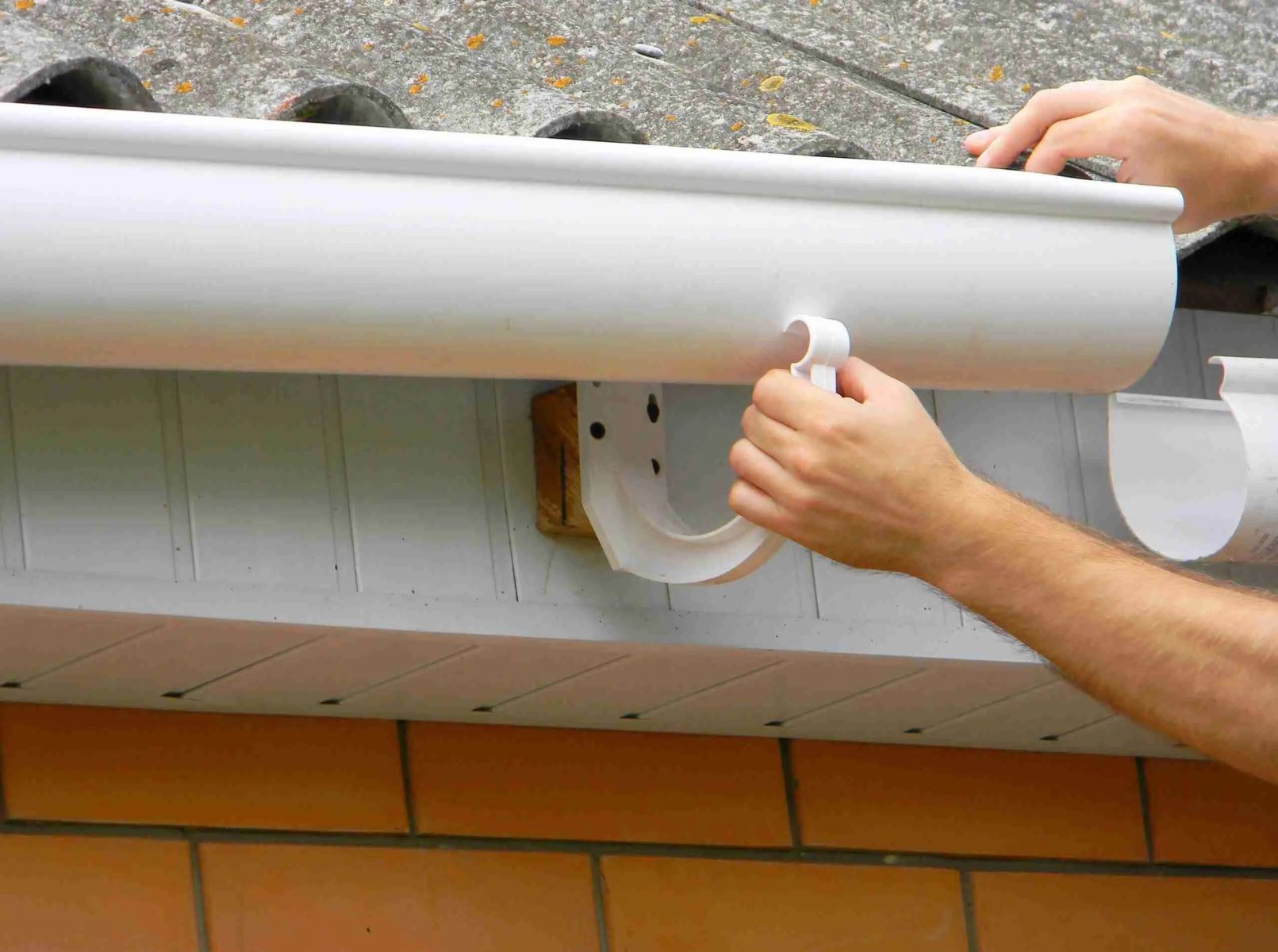
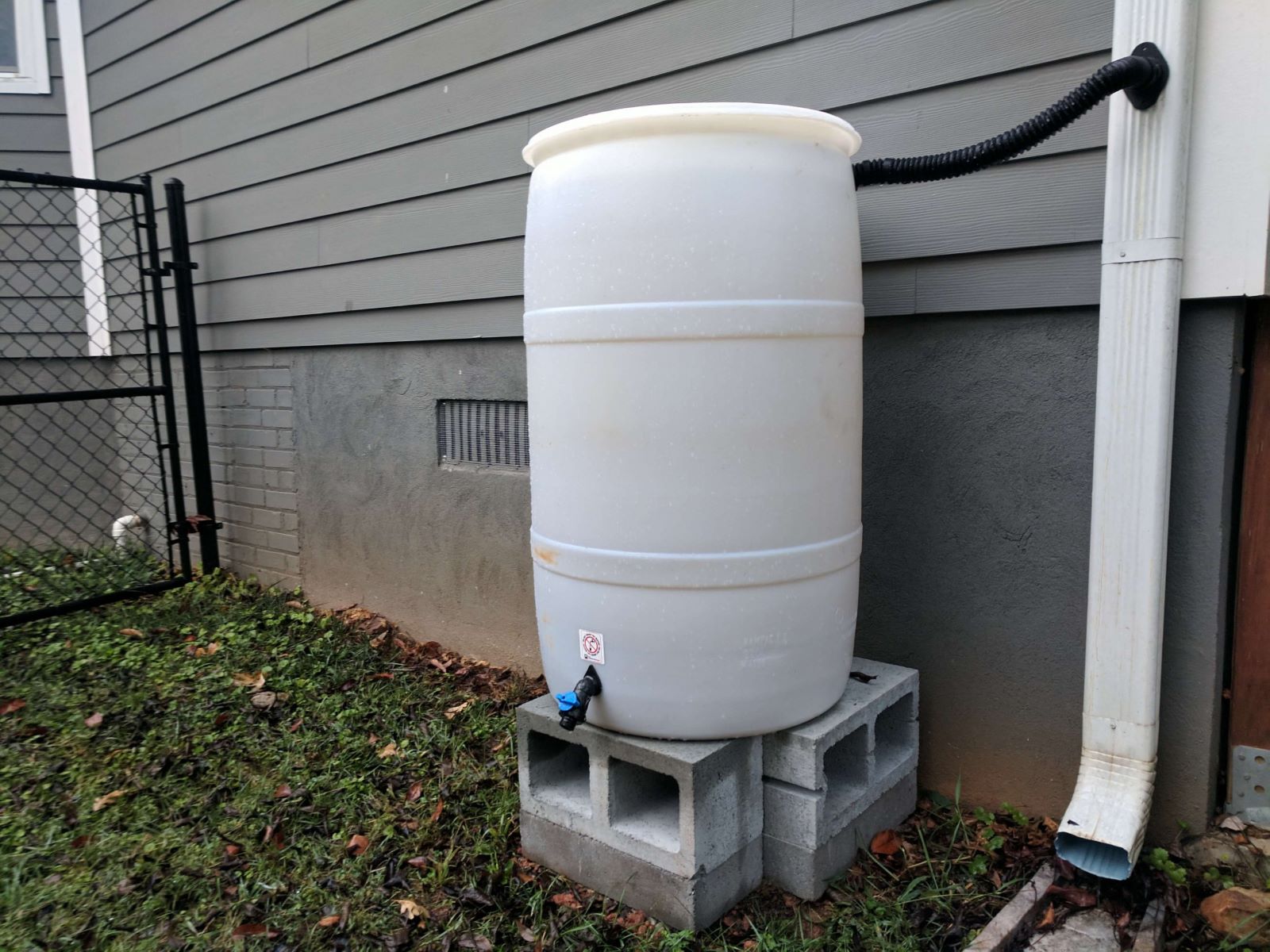
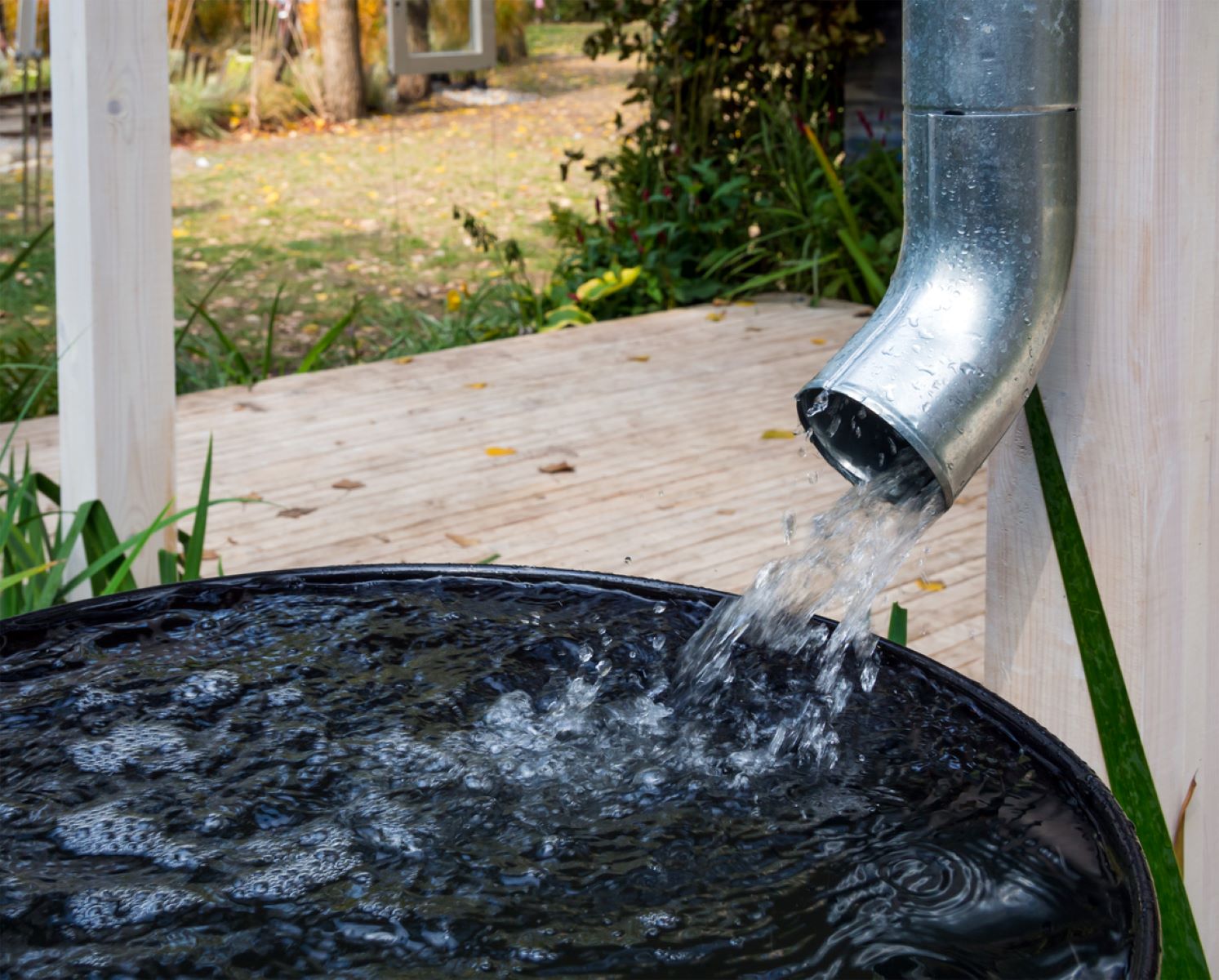
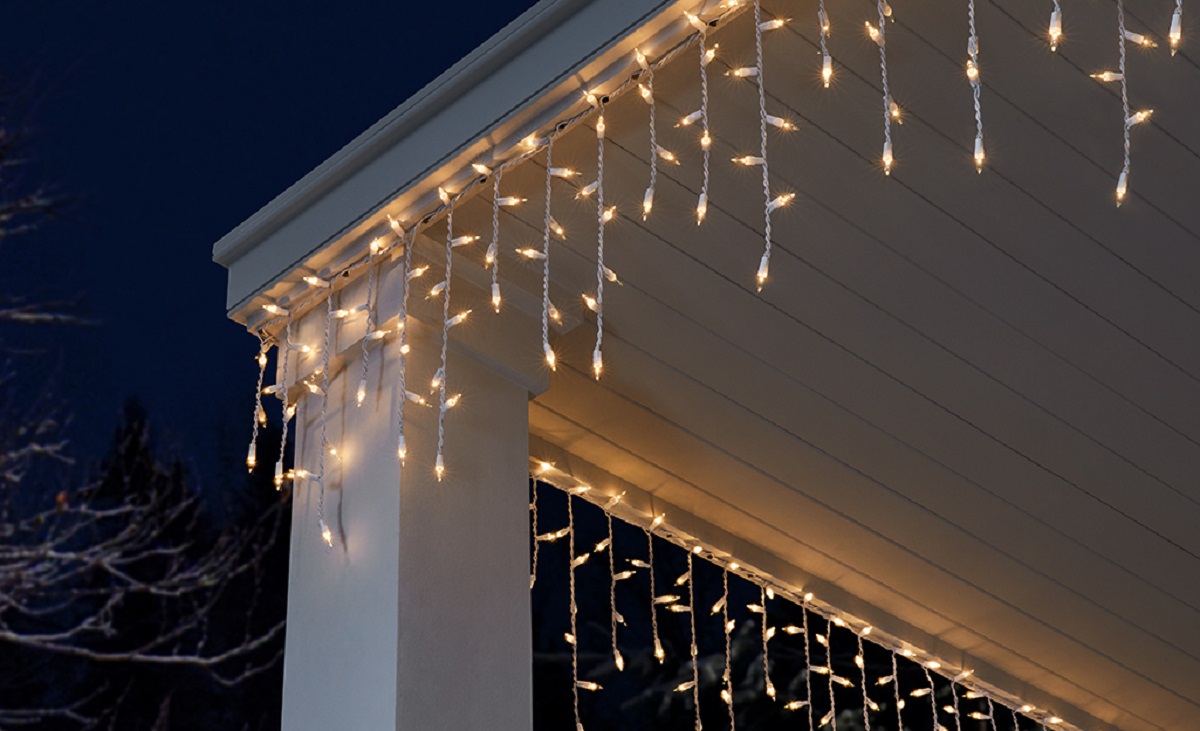
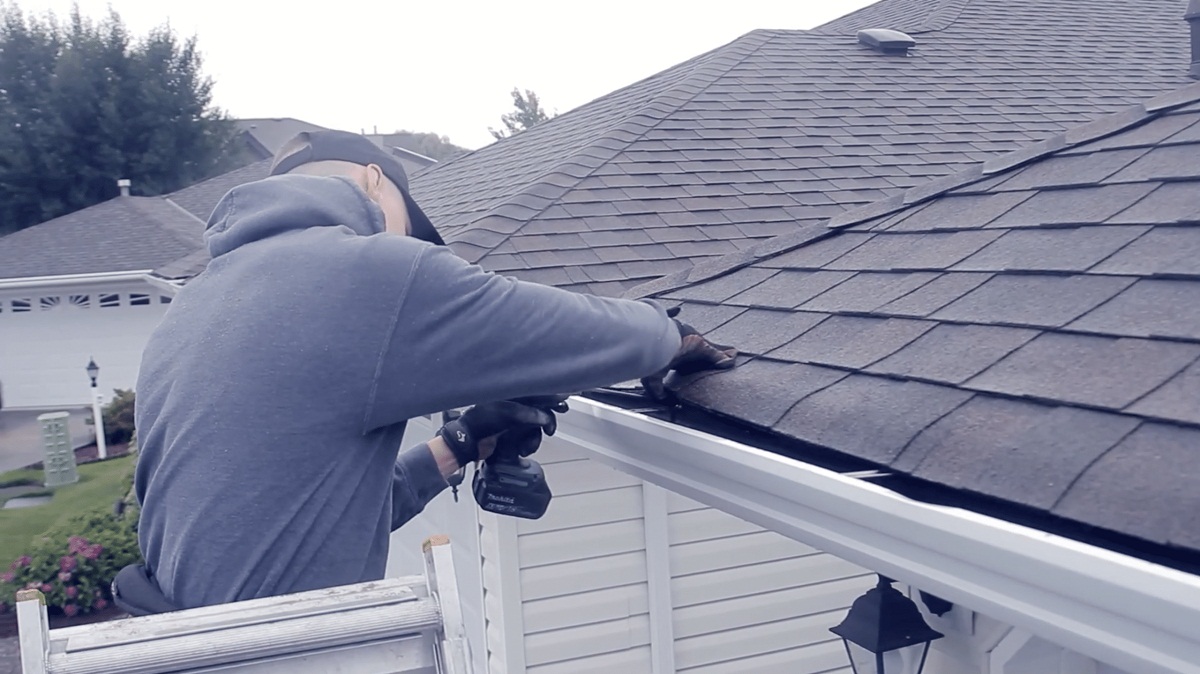
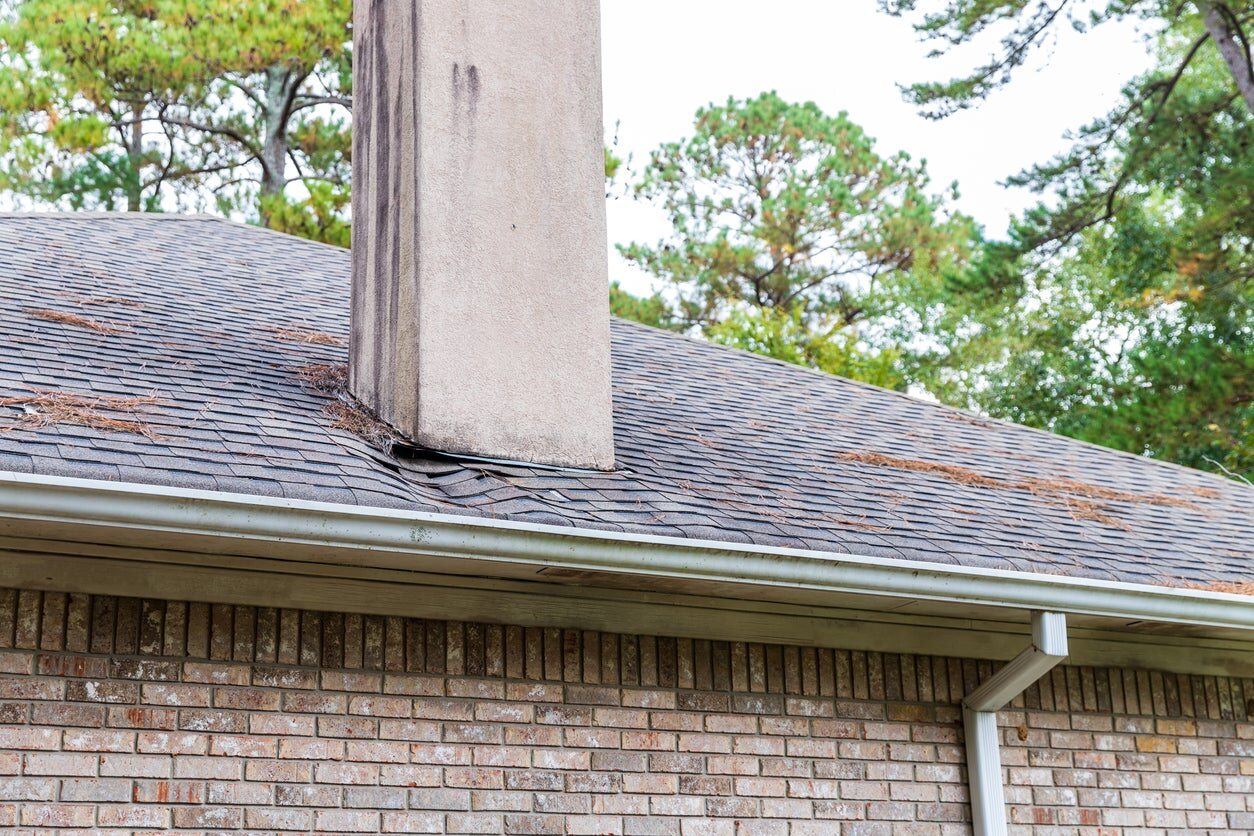
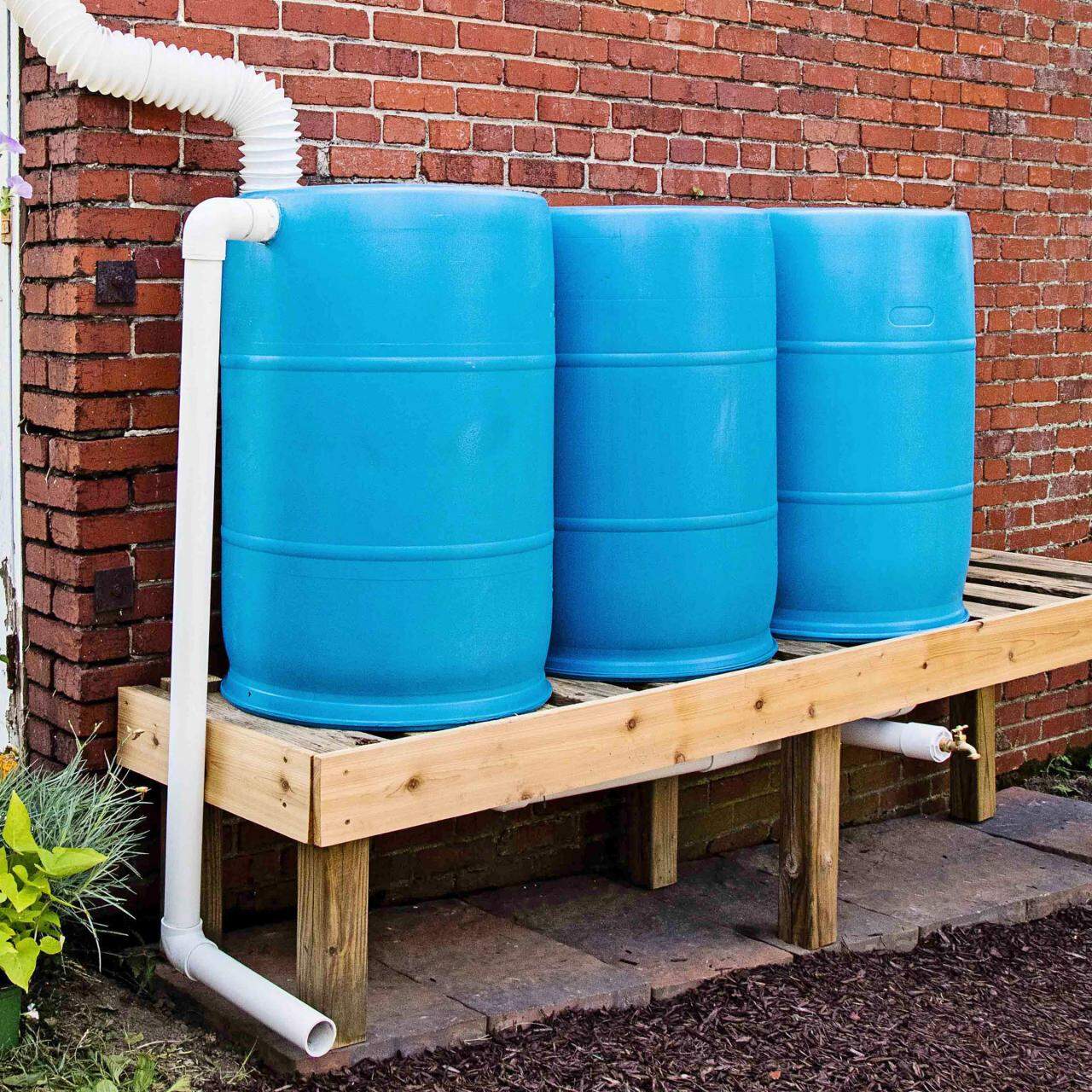


0 thoughts on “How To Collect Rain Water Without Gutters”